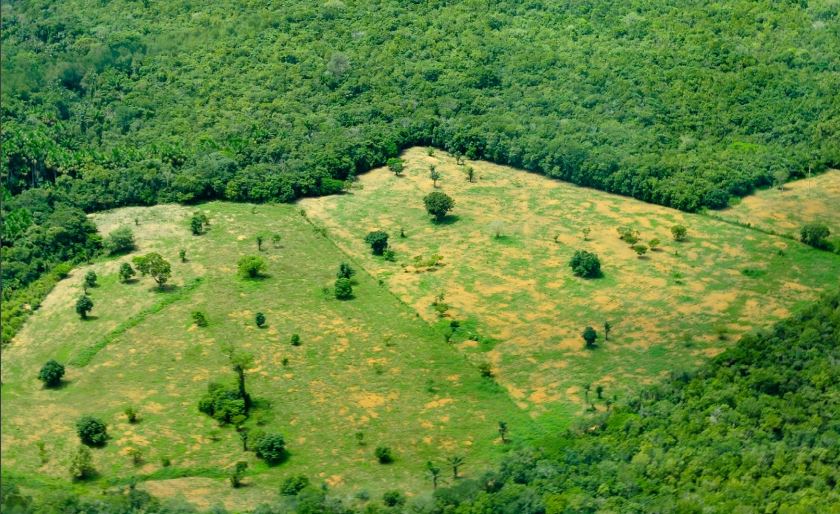In August of 2018, Friends of Europe published Scaling Disruptive Technologies to Achieve Energy Transition as part of their Climate and Energy program. The aim of the report is to increase awareness of the technological developments and changes which are needed in creating a breakthrough moment to address climate change and accelerate the energy transition.
The first section deals with nature-based solutions. of which regenerative technologies such as peatland restoration and reef restoration play a major part.
The following is a brief excerpt from that section:
 Disruptive approaches to climate change mitigation, such as bioenergy with carbon capture and storage, have been discussed as one potential way to meet the objectives of the Paris Agreement. However, indications are that this approach would consume land on an enormous scale and lead to large-scale land-use changes in tropical regions with weak governance, high biodiversity and high terrestrial carbon stock.
Disruptive approaches to climate change mitigation, such as bioenergy with carbon capture and storage, have been discussed as one potential way to meet the objectives of the Paris Agreement. However, indications are that this approach would consume land on an enormous scale and lead to large-scale land-use changes in tropical regions with weak governance, high biodiversity and high terrestrial carbon stock.
A recent study by The Nature Conservancy on natural climate solutions explores opportunities to reduce emissions and store carbon in the world’s forests, grasslands and wetlands, the enormous potential of which is being demonstrated thanks to remote sensing technologies. The publication states that, worldwide, natural climate solutions could reduce emissions by 11.3 billion tonnes per year by 2030, and thus deliver 37% of cost-effective
CO2 mitigation by 2030.
Nature-based solutions are actions to protect, sustainably manage, and restore natural or modified ecosystems that address societal challenges effectively and adaptively, simultaneously providing benefits to human well-being and biodiversity.
Nature-based solutions, such as the restoration of forests, grasslands and wetlands or sustainable land management activities, can provide governments with effective, long-term and cost-efficient measures to mitigate and adapt to climate change.
These nature-based solutions should not be confused with smaller scale urban green solutions to reduce carbon emissions, such as green roofs which enable energy savings in buildings, or green bicycle routes which reduce car use. However, all these measures have additional potential to contribute to climate mitigation, while supporting biodiversity and improving the well-being of local communities.

